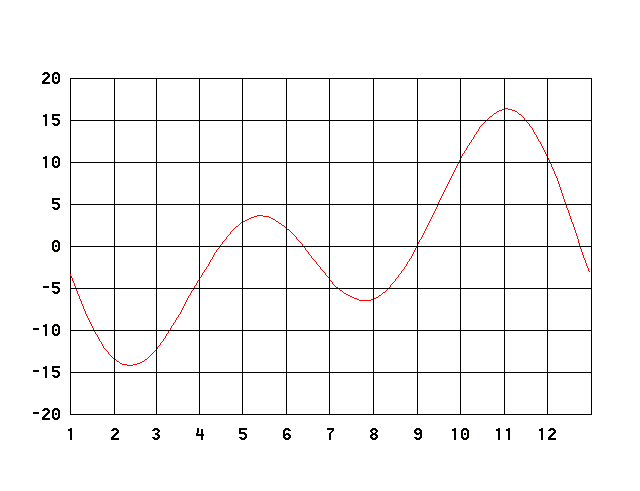Since time began, the time flow on the Earth is ruled by the apparent
motion of the Sun in the sky. The time was measured for millennia, measuring
the hour angle ( 1 round angle = 24 hour angle) between the current position
of the Sun and the highest point above the horizon reached by the Sun each
day, defined as corresponding to 12 hours or noon. This measure of time
gives the true solar time.
Unfortunately, the apparent solar motion is anything but uniform along
the year. Indeed, the Sun reach the highest position above horizon with
a delay or an advance of time that changes every day and has a maximum of
about 15 minutes. This phenomenon is due in part to the inclination of
the terrestrial rotation axis on the plane of the Earth orbit around the
Sun and in part to the unequal motion of the Earth around the Sun, caused
by the elliptical orbit. To avoid this drawback, it was defined the mean solar time that
has the mean solar day, equal to the mean duration of all days of year,
as measurement unit. To the definition of this time, it is associated an
ideal Sun, called mean Sun, that has an uniform apparent motion.
The difference between the true solar time and the mean solar time changes
continuously day by day with an annual cycle. This quantity is known as
the equation of time. The figure shows the equation of time for
the year 1996. The horizontal axis measures the months of the year, the vertical axis
measures the difference in minutes between the true solar time and the
mean solar time.

It can be noted that the two times are equal four times a year and
that the difference has a minor amplitude swing in the period spring-summer
and a major amplitude swing in the period fall-winter.
![]()
![]()
![]() F.
Pollastri - The time of Internet
F.
Pollastri - The time of Internet